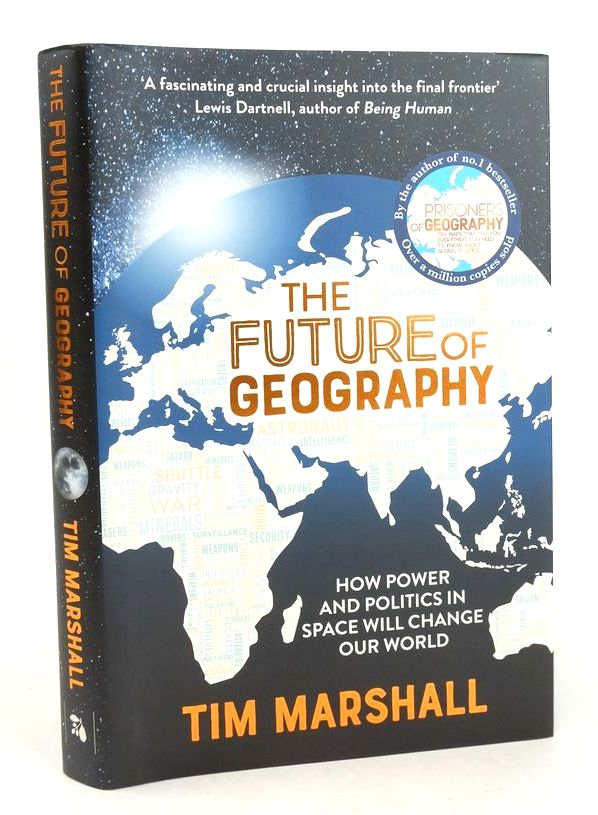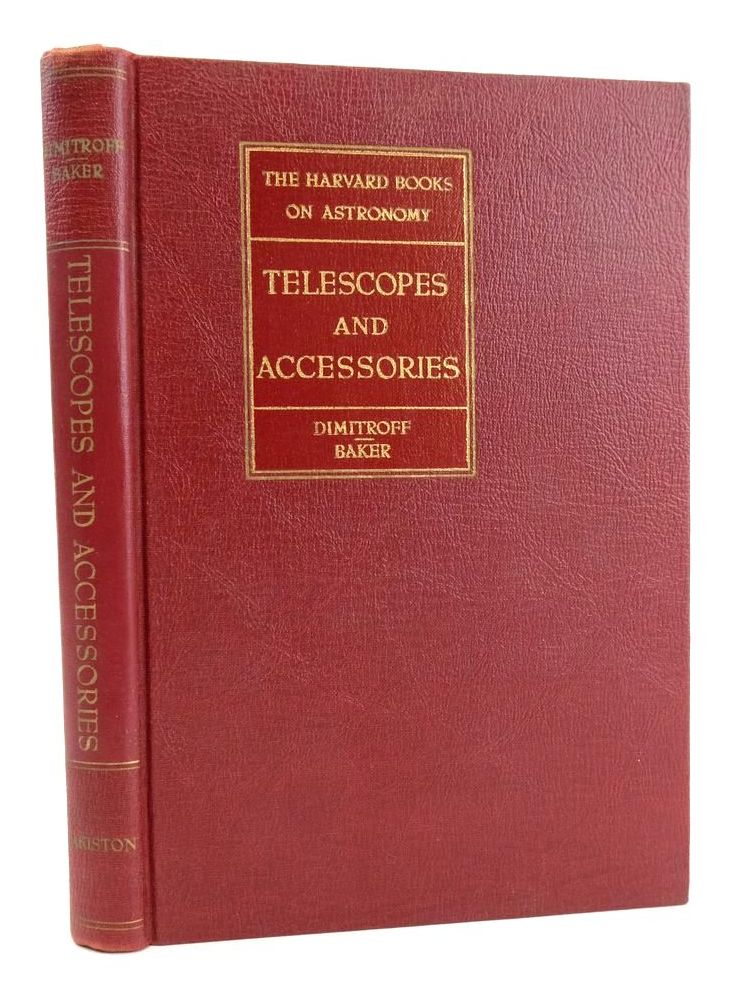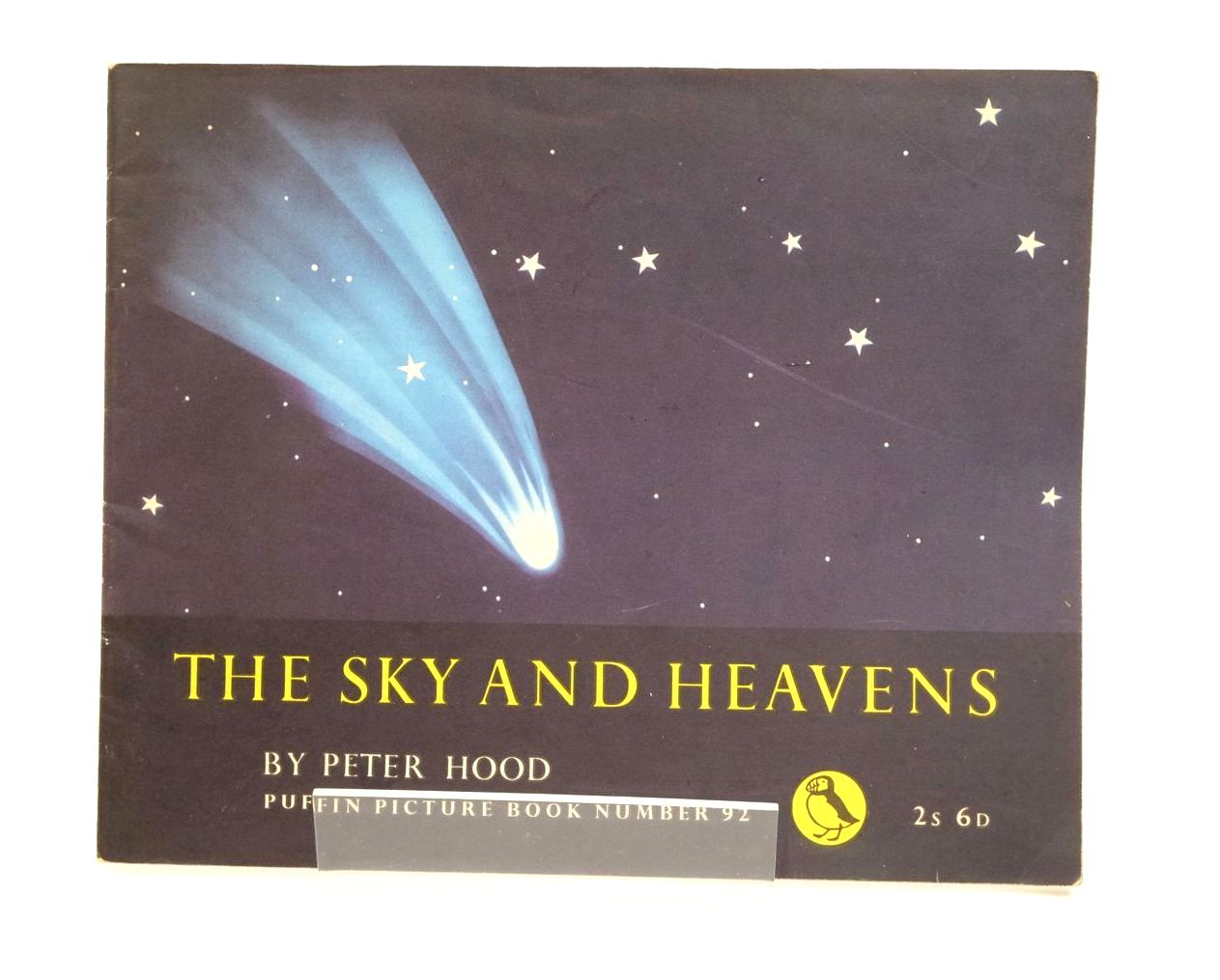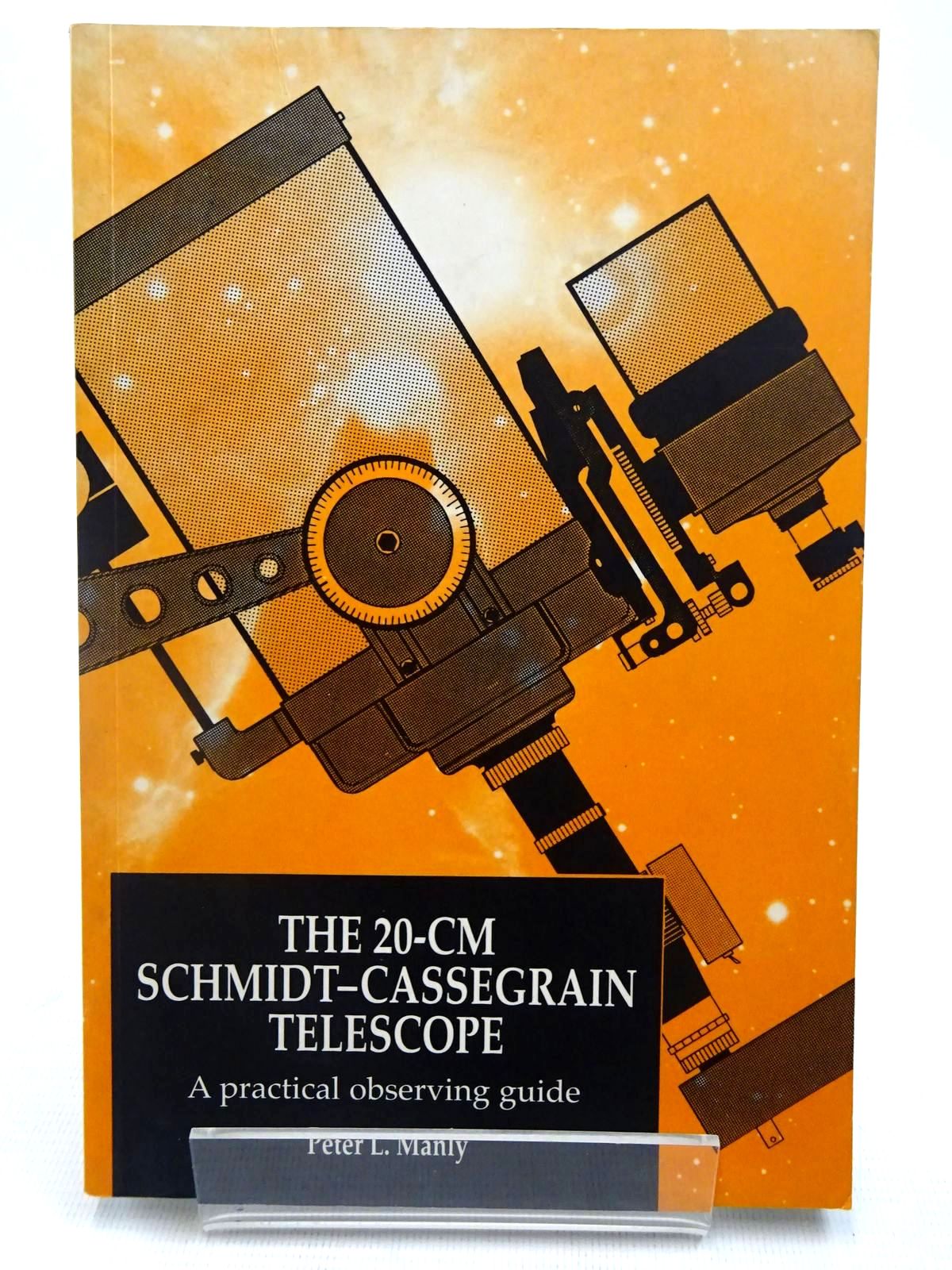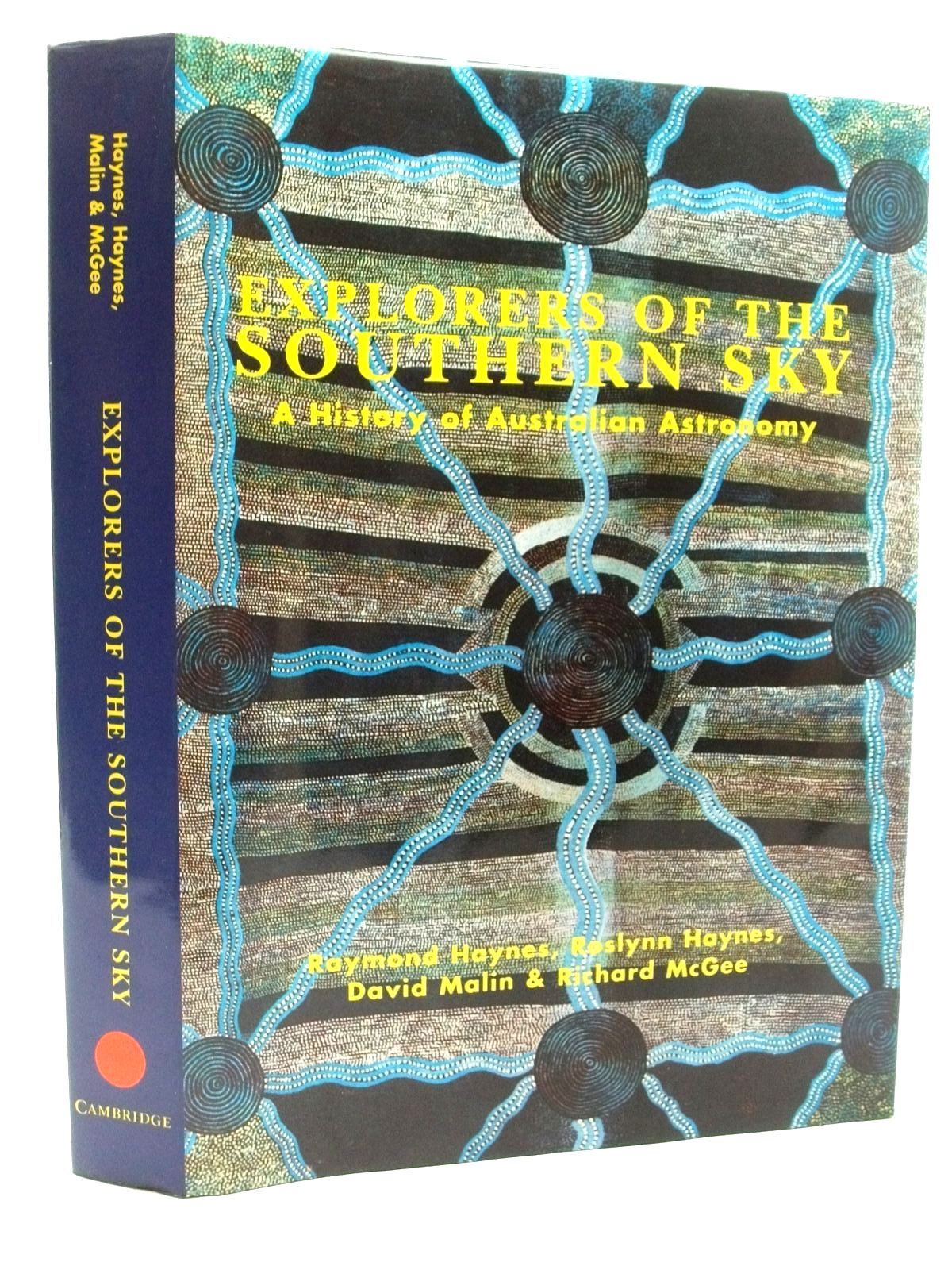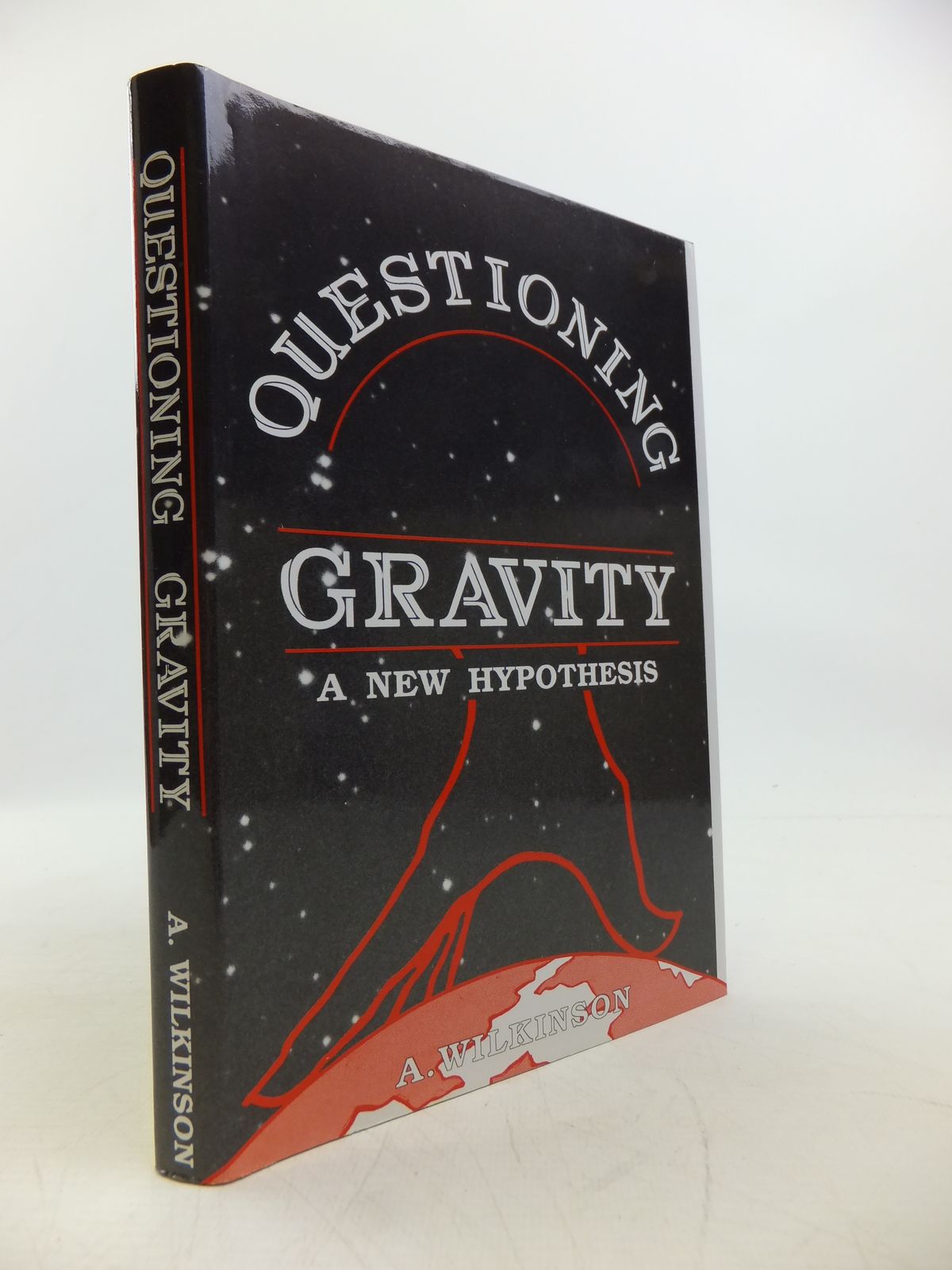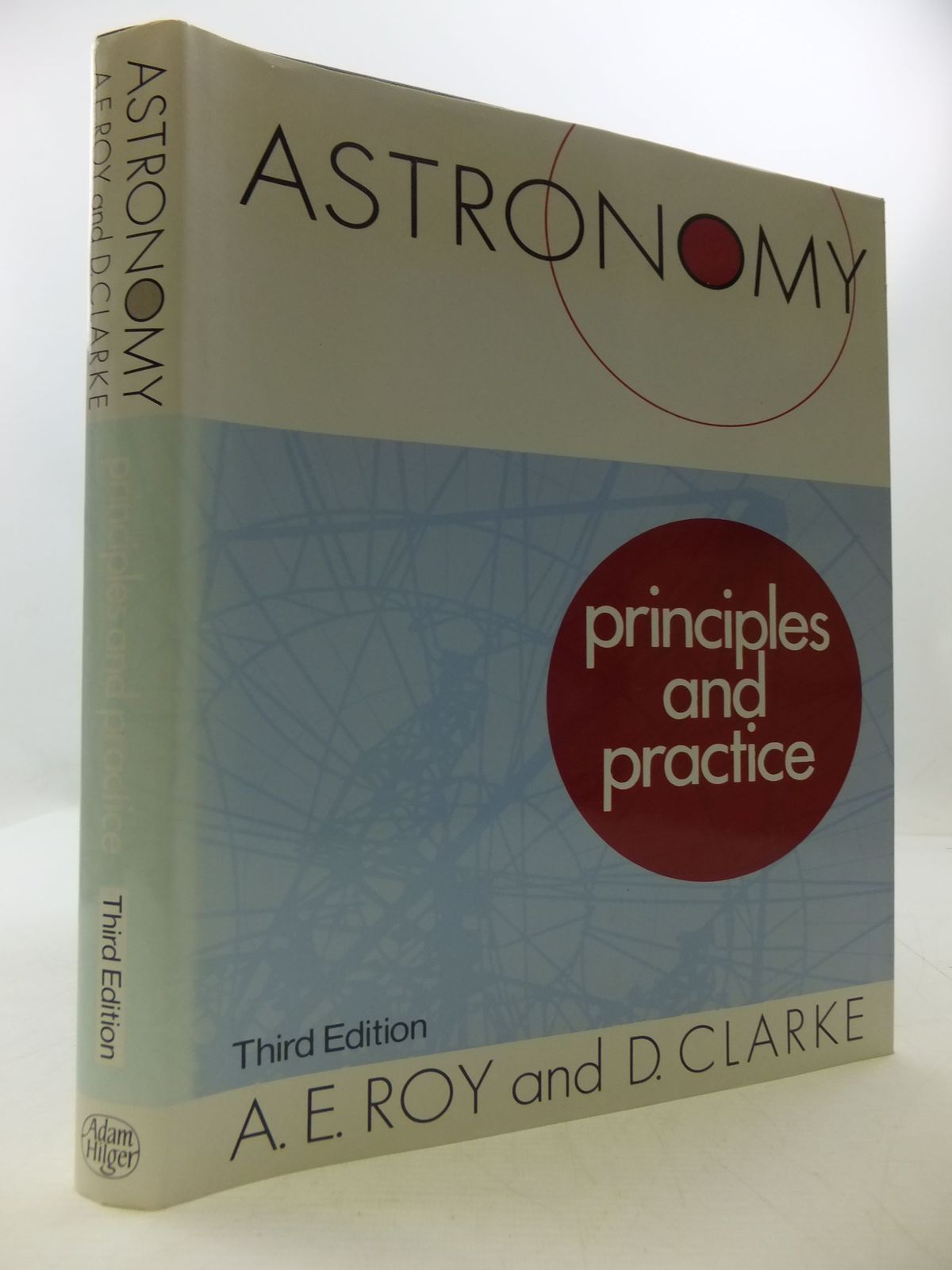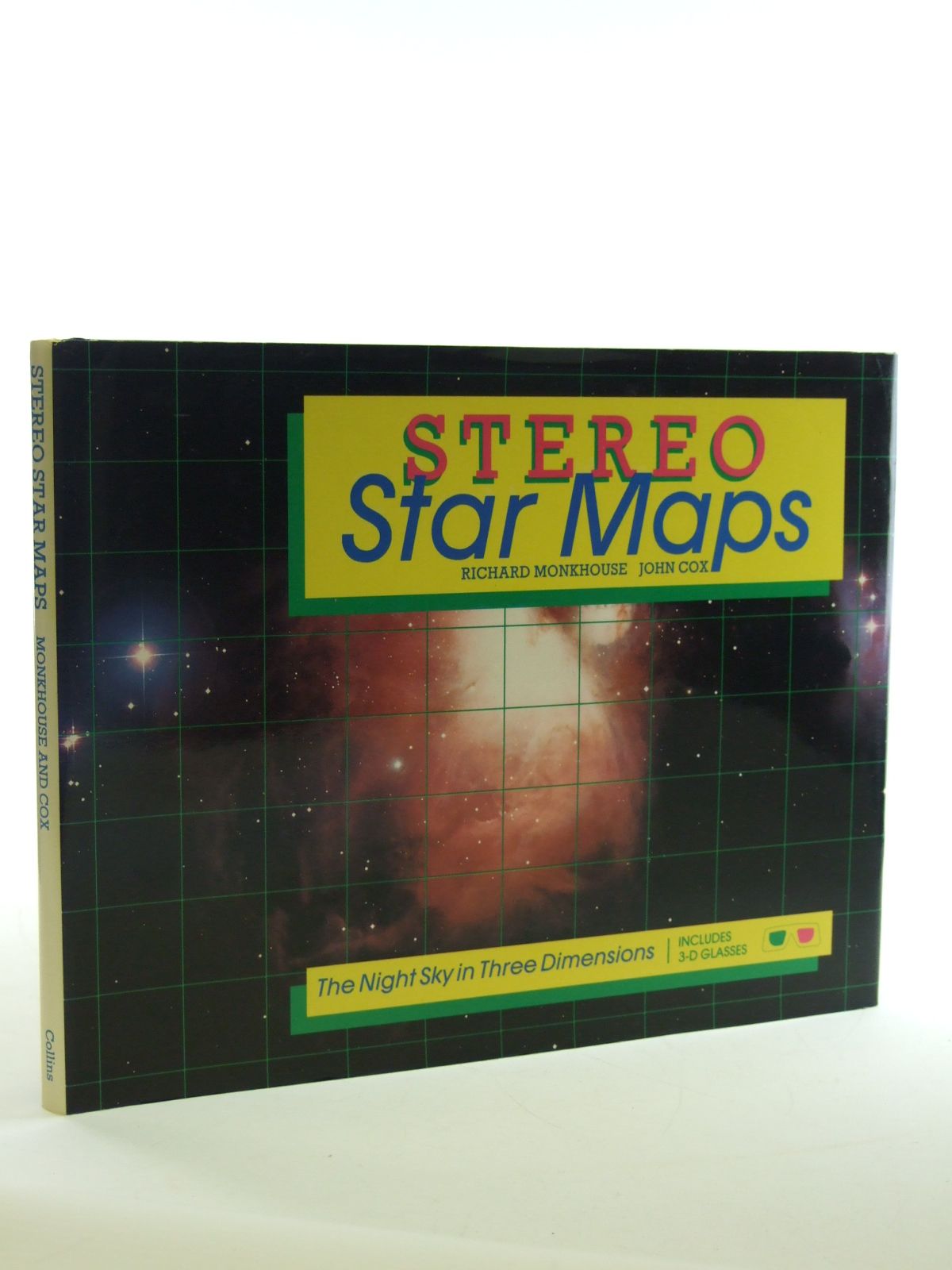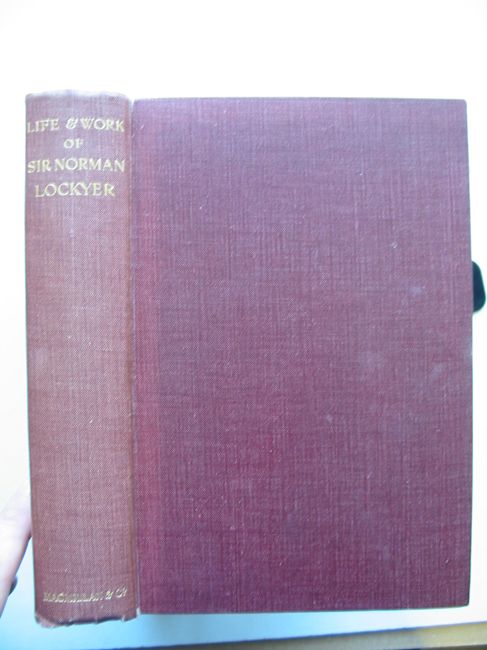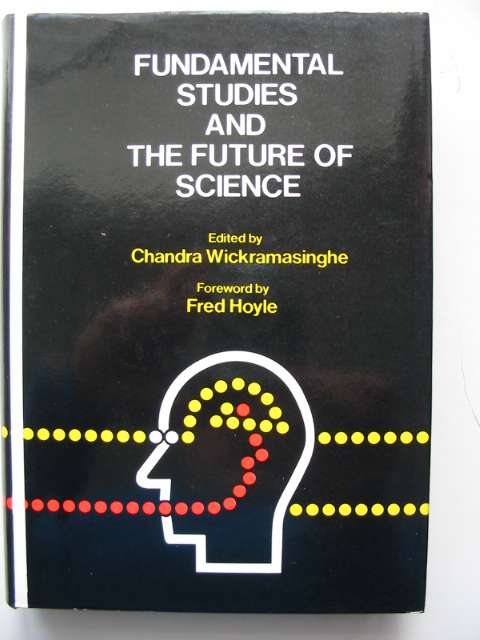Space – An Awfully Big Adventure!
I have recently read the book ‘Orbital’ by Samantha Harvey, which is beautifully written and well deserving of winning the Booker Prize 2024.
The story takes place over 24 hours and tells the story of six astronauts/cosmonauts on board the International Space Station as it orbits the Earth. There are only sixteen chapters in the book, which cover the sixteen 90-minute orbits of the earth which equals sixteen sunrises and sunsets!
I am now hooked on watching the International Space Station orbit the Earth, it is quite mesmeric and awe inspiring – thank you NASA and YouTube.

What a long way we have come from the turn of the 20th century and the scientists that were inspired by the writers of fiction - books such as ‘From Earth to the Moon’ by Jules Verne and ‘The War of the Worlds’ by H.G.Wells.
As the world embraced the beginning of the 20th century everything seemed possible!
As with all scientific endeavours, the International Space Station would not have been realized without the work of those who had gone before.
Doing the research for this article has been fascinating, I have learnt so many things, starting with the theoretical treatise by Robert H. Goddard, ‘A Method of Reaching Extreme Altitudes’ that was published in 1919, without this we were never going to get into Space, or the book by Herman Nordung published in 1929 ‘The Problem of Space Travel’ which imagined a Space Station.
The history of Space Travel is filled with firsts of course. In 1961 the Russian Yuri Gagarin was the first person to travel into Space followed by the first woman in Space, Valentina Tereshkova in 1963. What confidence and courage they showed as they could not have been 100% sure of the success of their missions.
Now that we could reach Space, the next question was - could we walk in Space? So, in March 1965 Alexei Leonov made the first Spacewalk which lasted just over 12 minutes and in 1969 the American Neil Armstrong performed the first Moonwalk.
Which leads us back via Solyut, Skylab and Mir to our current International Space Station. On board the International Space Station they have carried out some amazing research, such as the prolonged effect of Space on the Human body e.g. bone loss and muscle atrophy or how to grow food in microgravity or research into diseases such as cancer as well as research into Black Holes and Pulsars.
I don’t pretend to understand the mechanics of Space travel or all the research that takes place on board, but to be able to look up into the night sky and see the International Space Station - that is truly phenomenal.
Look how far we have come in just under 150 years!
Thanks to NASA, Wikipedia, YouTube and Orbital By Samantha Harvey.
Contributed by Theresa
(Published on 1st May 2025)











